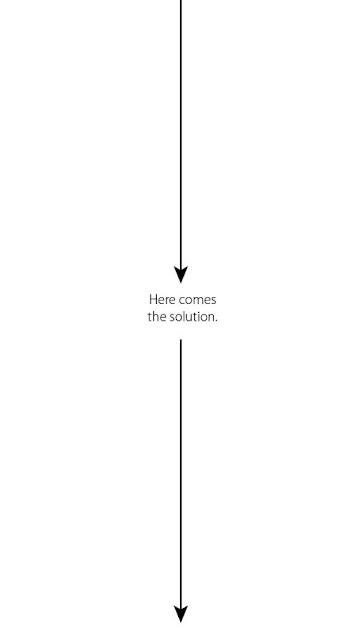Notes on the problem:
This is a multi-step word problem that works well with a comparison bar model.
When drawing the bar model, it’s helpful to show learners, “One time as many, two times as many…” while verbalizing, so that they can conceptualize multiplicative relationships rather than think of it as, for example five more bars for Joey. This avoids a common mistake of drawing the wrong number of bars in the model.
Here is a sample bar model. In this one, the smallest unit (or baker with the least number of cookies) is identified first, and the relationships to that one are scaled up from there.
Once the model is successfully drawn, we can see that it can be solved in two or more steps.
One way to do it is to find the unit value by dividing what we know, the number of Joey’s cookies by the number of units he has: 200 ÷ 5 = 40
Once that is found, the unit value can be populated into the model.
Concrete learners might write it into every unit, as shown, and then add up all the 40s or solve line by line and add 40 + 80 + 200 = 320.
More abstract thinkers, who understand that 40 is the value of one part, and the whole consists of 8 equal parts, might jump straight to 8 x 40 = 320.
The second solution is shown below.
The baked 320 cookies altogether.
Susan Midlarsky is a Math Consultant, a Curriculum Writer, and is keenly interested in questions related to learning math. You can find out more about her at susanmidlarsky.com.





Looking for the best maths classes in Singapore? Kiya Learning offers expert-led programs tailored to every level, from foundational skills to advanced problem-solving. Their engaging methods, small class sizes, and personalized attention ensure students excel academically and build a strong love for math. Enroll today to unlock potential!
ReplyDelete